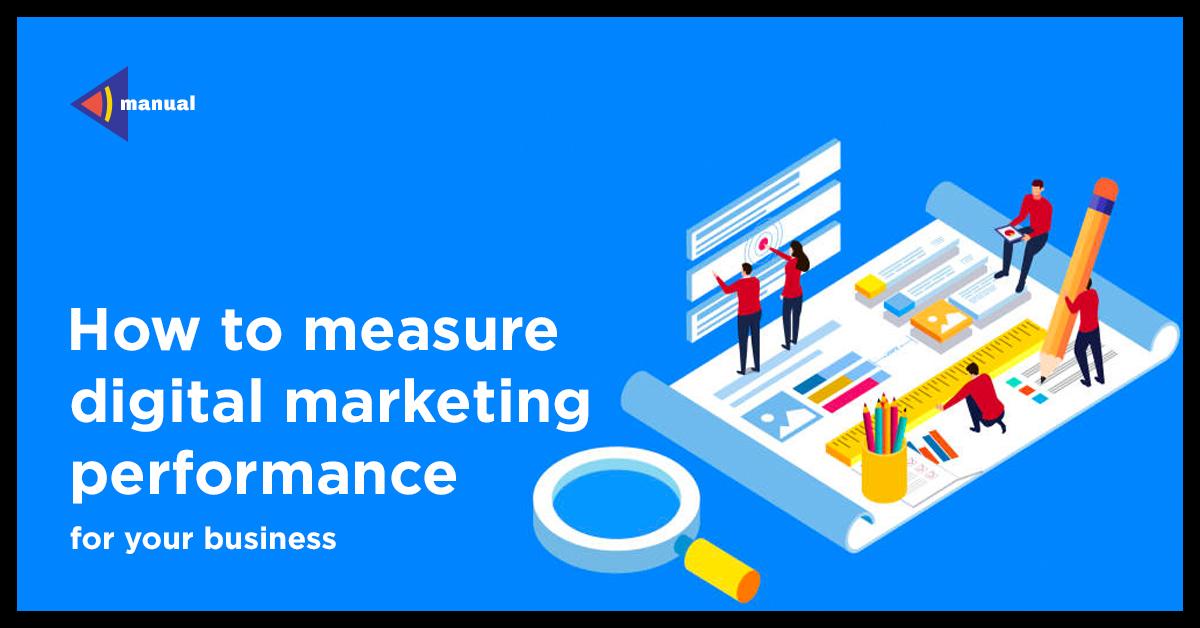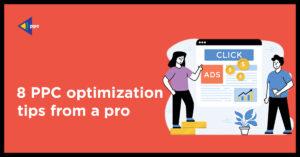
How to measure digital marketing performance for your business
It’s an important point to measure your results from digital marketing in the right way. You have to know your investments, goals, and KPIs to be successful. So let’s see how you can measure digital marketing performance for different traffic channels.
Set objectives
Every marketing effort, whether offline or online, must begin with specific objectives. Your marketing strategies will eventually be more effective if you set SMART targets. SMART stands for specific, measurable, actionable, relevant, and time-bound, for those who may not be familiar. For successful digital marketing initiatives, set SMART goals. Prior to measuring your results accurately, you must have a set of precise, doable targets.
Not sure what a SMART goal for digital marketing would entail? Look at these two instances:
- Email: Attract 50,000 subscribers over the course of a six-month campaign by adding 10,000 more subscribers, reducing churn by 20%, and raising conversion rates by 10%.
- SEO: Spend $25,000 over the course of six months to improve the website’s SEO, and expect traffic to increase by 30% as a result.
The following questions should be taken into account while creating SMART goals for your campaign: Will I continue to see results from this effort? What is the initiative’s long-term worth? Would I invest in a similar campaign again, given the objectives and results?
You might want to rethink the investment if you are unable to identify goals for a certain endeavor or campaign type. Instead, concentrate your efforts and resources on a marketing plan that will yield measurable outcomes.
Monitoring Your Work
You must have a strategy in place for testing and evaluating the efficacy of your marketing initiatives. There is no one-size-fits-all technique that can efficiently track all of your metrics, though.
Take a thorough look at each of your digital marketing strategies separately if you want to learn useful insights about them. The most common digital marketing strategies are shown here, along with details on how to gauge and evaluate overall marketing effectiveness.
SEO
Are you seeing a return on your effort and financial investments in SEO development? Your keyword ranking is one of the most crucial search engine optimization KPIs. Your website is more likely to appear on the first page of Google search results the higher you rank for those particular keywords.
The caliber of the search engine traffic you receive is another measure to keep an eye on. How much time do visitors spend on your website? What number of pages do they view in a single session?
This data and more are accessible through Google Analytics. Users should be surfing for more than 20 seconds if you’re focusing on the proper keywords. If not, you might wish to experiment with various keywords.
Related: Local SEO solutions
Social Media
When it comes to social media, there are several criteria to take into account. Pay attention to indicators like weekly average engagement, newly following users, likes, and most-shared content. Social media can be a big source of traffic even though it may not immediately impact your ROI.
How do you assess your growth on these platforms, then? You can get free profile analytics on a lot of well-known social media platforms.
No matter which social media platforms you decide to use, keep in mind that engagement will change regularly. However, you can discover that one post only attracts 10% of your total followers while another gains a lot of attention and popularity. Keep track of the posts that perform incredibly well and try to figure out a formula you can apply to other posts.
You can keep tabs on the number of leads and conversions generated by your social media activities. To calculate the cost of each new lead and the ROI, use a customer lifetime value calculator.
All things considered, social media is a potent tool for introducing your business to new consumers. Even while it may be difficult to pinpoint the precise ROI for social media posts, this type of marketing will support PR initiatives and improve consumer relations.
Related: What is user-generated content and how to use it
Email Marketing
Even though its demise has been predicted for years, email marketing is still very much alive. Any company with an internet presence needs to have an email list. You will ultimately generate more sales the more subscribers you have. Based on the current subscriber count, you can choose your own objective for list expansion. Next, use your email deployment software’s campaign manager to monitor results.
Another set of indicators you should keep an eye on is open and click-through rates. Aiming for a 20% open rate and 2% click-through rate (or greater) is a reasonable objective, but make sure you’re establishing the baseline in accordance with criteria given by your industry. You can access analytics that is already included in marketing automation software like MailChimp. You could want to try various approaches, such as split testing to identify the kinds of content your audience enjoys if you’re seeing low openings and clicks.
How many conversions your list is producing is the final aspect to take into account when planning email marketing. Even if having a huge number of email subscribers is fantastic, your efforts will be ineffective if they don’t result in sales. By providing concrete data to support your conversions, using a marketing automation tool and integrating it with Google Analytics will put an end to guessing.
Related: Increase sales with trigger email marketing
The Whole Picture
After measuring and evaluating the outcomes of various digital marketing strategies, it’s time to consider how these strategies relate to your return on investment (ROI). When all the data is combined, it will become clear which marketing initiatives are successful and which are burdening the business.
Search volume
Is your SEO plan effective? The answer is affirmative if 40 to 50 percent of the overall traffic to your website originates from search engines. You can find out how much search engine traffic your website receives with the use of Google Analytics. These numbers will also be provided for each individual page.
Campaign exposure
One of the most effective digital marketing techniques is the campaign. Customers can interact with your brand for lengthier periods of time thanks to them. Check how many people are engaging with your campaign and clicking through to your website or landing page as you run it.
Referral Business
Referral traffic is website traffic that comes from a source other than a search engine. Referral traffic frequently originates from social media posts or inbound links.
In order to assist you in locating the sources of your traffic, Google Analytics gives information on your referral channels. You may also use bit.ly links in your campaign or social media postings to help you track the exact source of your visitors.
Total Sales and Conversions
All of these elements should work together to enhance conversions and sales. How many clients did your marketing campaign bring in? How many of those customers made a purchase of a good or service? These are the figures that truly matter. Sales should improve significantly as a result of your marketing initiatives.
While some marketing strategies can result in a sale right away, others aim to gradually strengthen your brand. Both of them are worthwhile, but only a thorough analysis of the analytics can reveal which approaches yield the highest ROI.
Conclusion:
Since digital marketing requires a significant investment of time, money, energy, and effort, it is crucial to accurately gauge how well your business is doing in terms of marketing. So the best decision here is to hire a professional digital marketing agency to be sure in your investment. Pay close attention to the results as you apply some of these techniques. Did you reach a decent ROI and accomplish your objectives? Now that you have seen your outcomes, would you invest in the same strategy again? Along the way, you should continually tweak and reassess your campaigns and methods. This is the easiest way to make sure that the work you’re doing is improving ROI.






